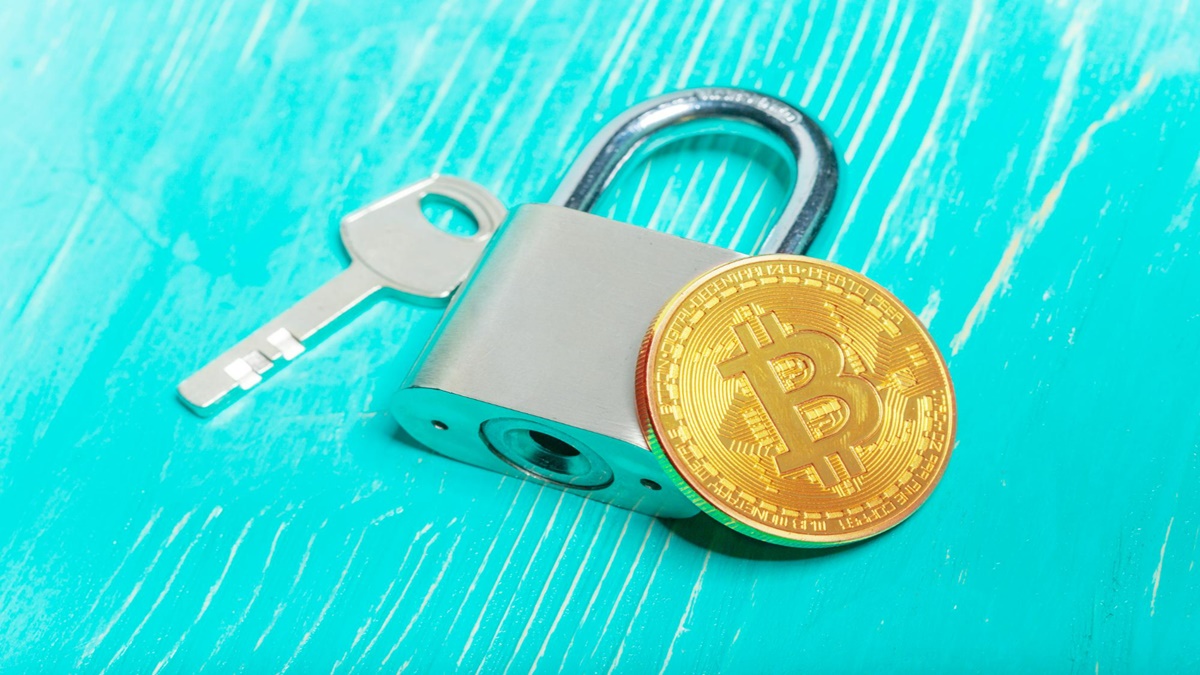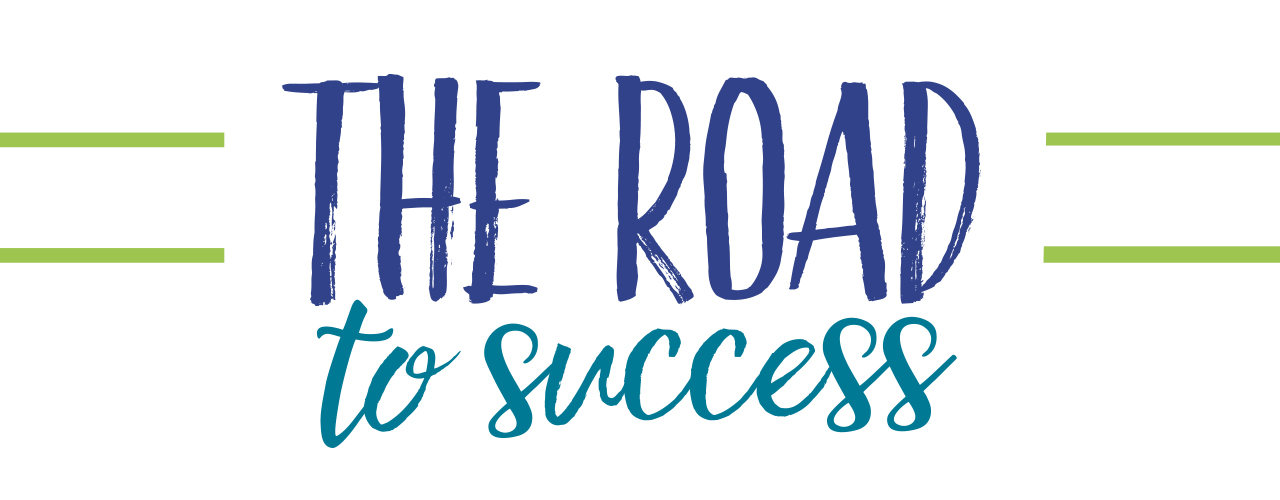How can blockchain technology provide impetus to healthcare 5.0 in 2023

#blockchain #technology #provide #impetus #healthcare [ad_1]
First, blockchain is a lot more than crypto and crypto is a lot more than blockchain. So, what is a blockchain if not crypto? IBM describes it thus: “Blockchain is a shared immutable ledger for recording transactions, tracking assets, and building trust.” We are going to take a look at what all those words and phrases mean.
To do that, let’s take the future of healthcare as our context.
A “shared…ledger” refers to a digital database that is visible to all parties that contribute to adding entries to it. When a new ‘block’ of information is added to the ‘chain’ the blockchain updates. The updated blockchain is automatically shared with all parties, who can all be thought of as co-owners and
co-creators of this distributed data. Consider Electronic Medical Records (EMR) for a patient.
An EMR on a blockchain can be updated by physicians treating the patient, and the patient can have access to the update. In turn, the patient can update any third-party diagnostic test results for the doctor to review.
An “…immutable ledger” refers to the feature that a block in a blockchain cannot be modified once it is created. The data in a blockchain contain unique digital identifiers that are created by a process called ‘hashing.’
Any attempt to change data can be quickly identified. Moreover, the distributed nature of the blockchain makes it hard to duplicate any unauthorized change on all the distributed versions. In our EMR example, this immutable characteristic makes an EMR on a blockchain reliable for hospital administrators allocating doctors, and for medical insurance companies who want transparent payment
details.
A digital mechanism for “recording transactions” in shared and immutable ways is beneficial to a wide range of participants in healthcare delivery. Some examples:
(1) A medical school can give degrees through a blockchain. These can be directly accessed by the graduating student as well as by her employing hospitals, thus creating automatically verified certificates.
(2) An entrepreneur building a clinic can verify land ownership via a land records blockchain. Such a blockchain can contain records of all previous owners of the land, and note any issues in sale or conveyance.
(3) A researcher conducting a clinical trial can ask participating hospitals to form a blockchain thus maintaining the integrity of the collected data, as well as creating a shared repository that can be reviewed by reviewers.
When it comes to “tracking assets” blockchain can contribute on a shorter time scale. The idea here is that a blockchain is built up as an item moves from place to place, each location adding its data.
Consider a pharmaceutical supply chain. This begins with a manufacturing site from where the item is transported through possibly multiple warehouses using multiple transport vehicles. Eventually, it reaches a pharmacy, either retail or within a clinical facility. From here, it is made available to a patient
as medicine. Like any supply chain, tracking an item through this journey is useful for inventory management and valuable for treatment planning.
Perhaps most important of all is “building trust.” Blockchains are designed to work in transparent and secure ways. This fits very well into the requirements of healthcare, where a great deal of trust is required and is indeed often assumed. In the pharmaceutical supply chain scenario, it is assumed that the manufacturing site has the right registrations, for instance with the US Food and Drug Administration (FDA), and that the medicines it makes have the right approvals, for instance from the office of the Drug Controller General of India (DCGI). There is also a trust placed that the medicine is not replaced by a counterfeit while in transit or at the pharmacy.
A blockchain can help verify all this and retain trust in the process. As healthcare 5.0 gets set to expand, trustworthy data and secure digitization will be key. But there are challenges to overcome. The most important of these involves scale. The hashing process is computationally intensive and consumes energy. For blockchain to proliferate beyond crypto, more efficient computation will become imperative. Another aspect of scale is the size and nature of healthcare data. Compliance requirements from, for example, HIPAA and GDPR add to the complexity of storing large amounts of data securely on a blockchain.
In years to come, other distributed ledgers can emerge as alternatives to the blockchain. For instance, the company Hedera uses an alternative called hashgraph to write smart contracts. SAFE is a digital health platform from Mayo Clinic that has used the technology to verify Covid-19 testing and health
status. More such digital health applications are emerging, based on smart contracts between providers and receivers of healthcare. Blockchain and its descendants are getting ready to make healthcare better for all.
The author is the director, Academics at Great Learning
[ad_2]
Source link
